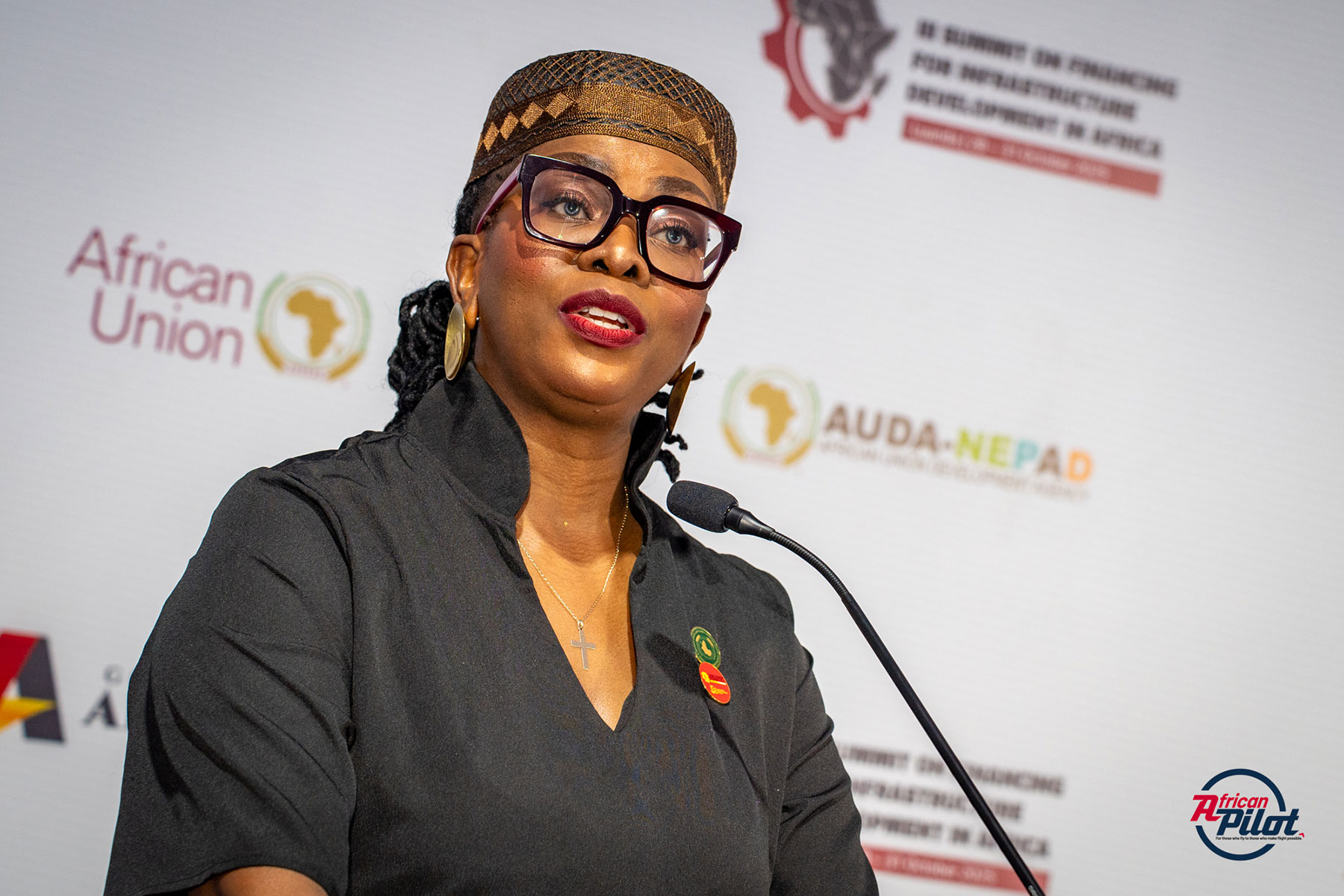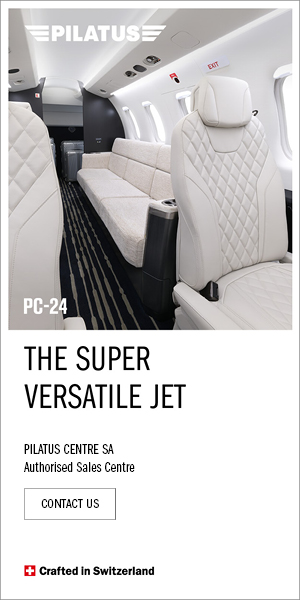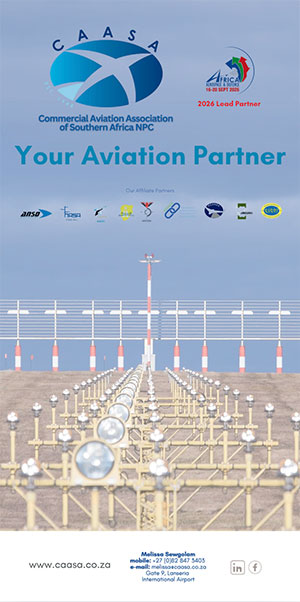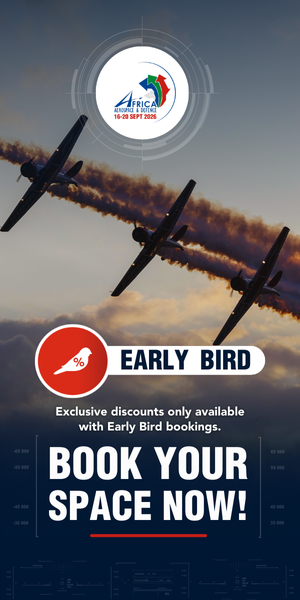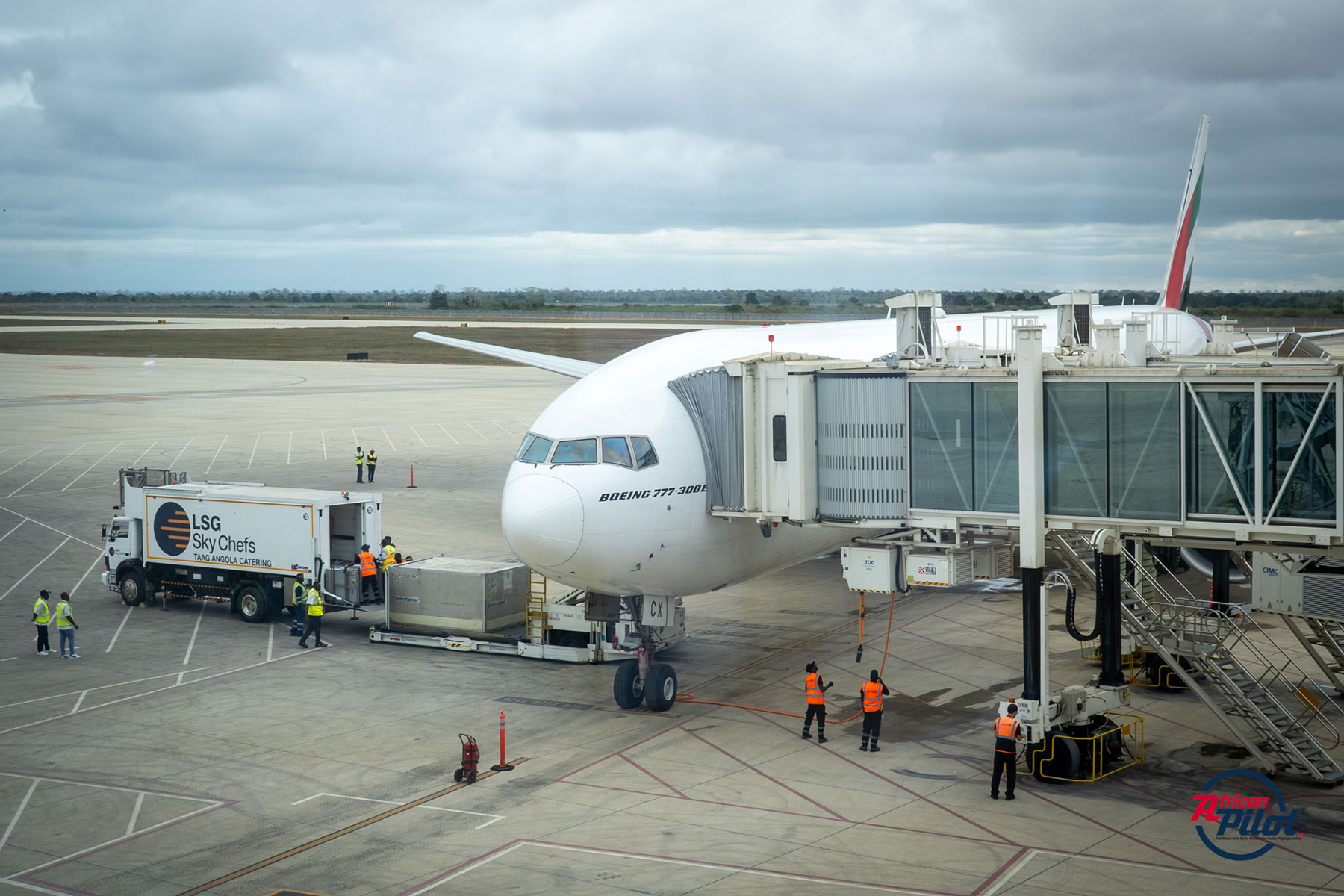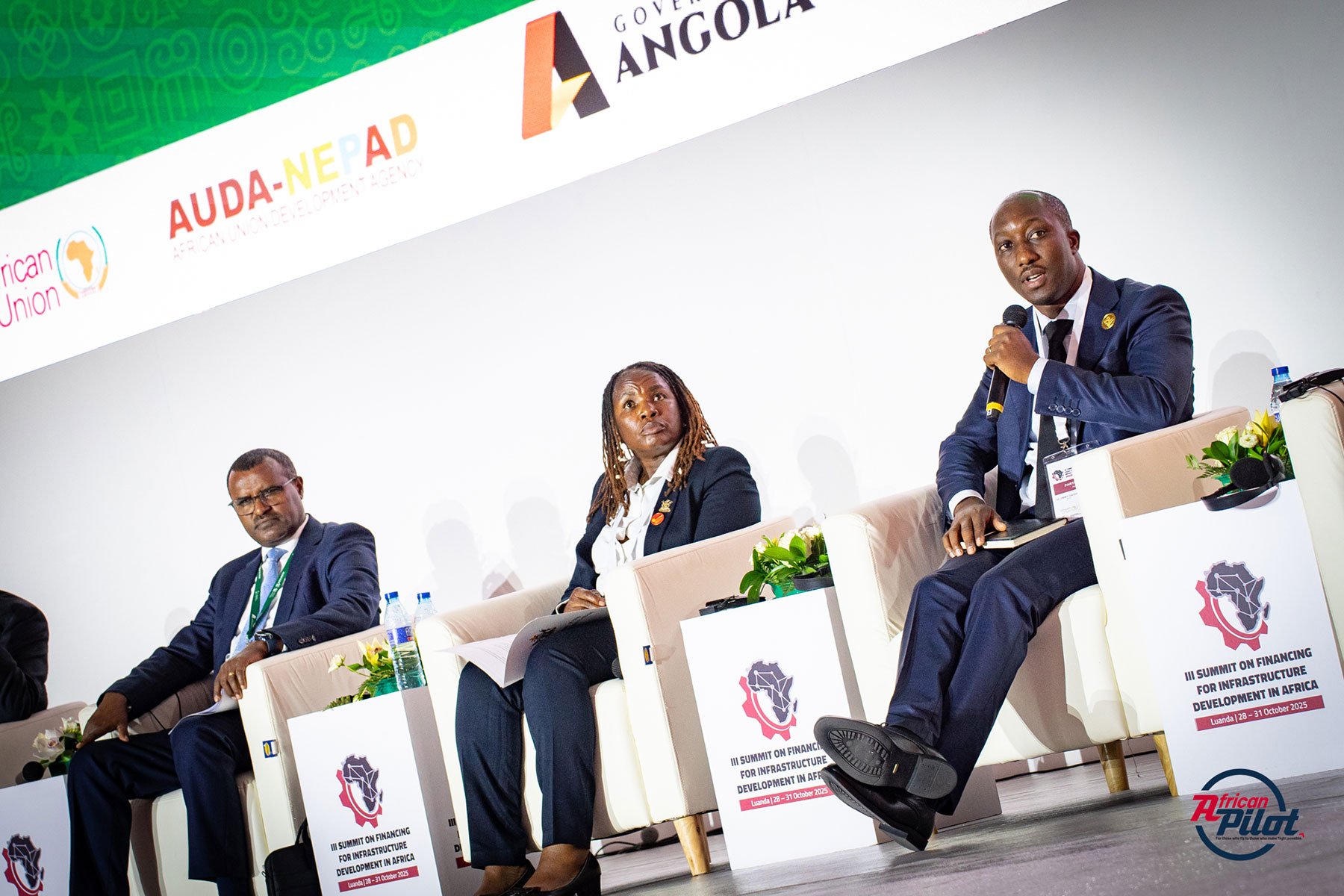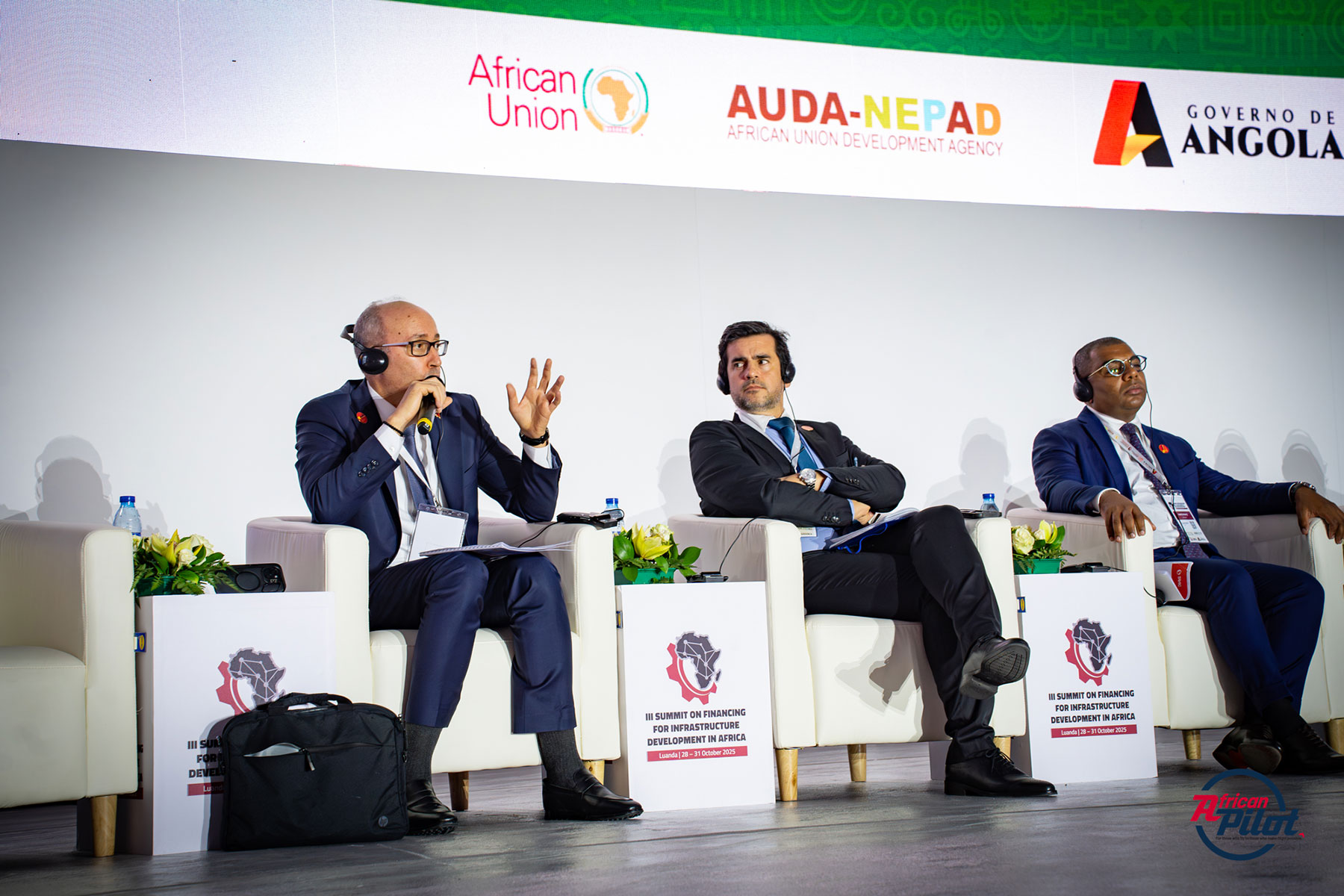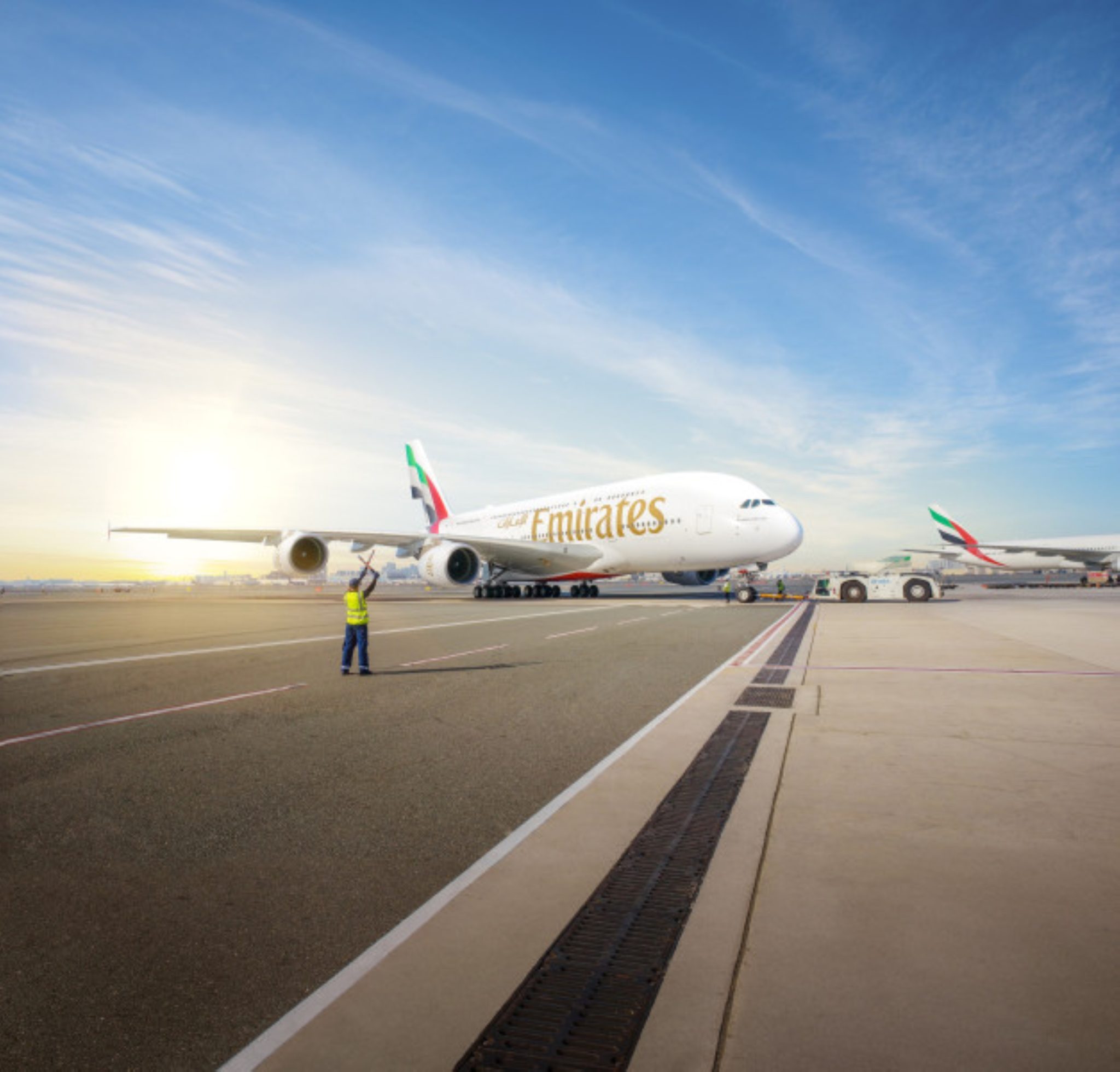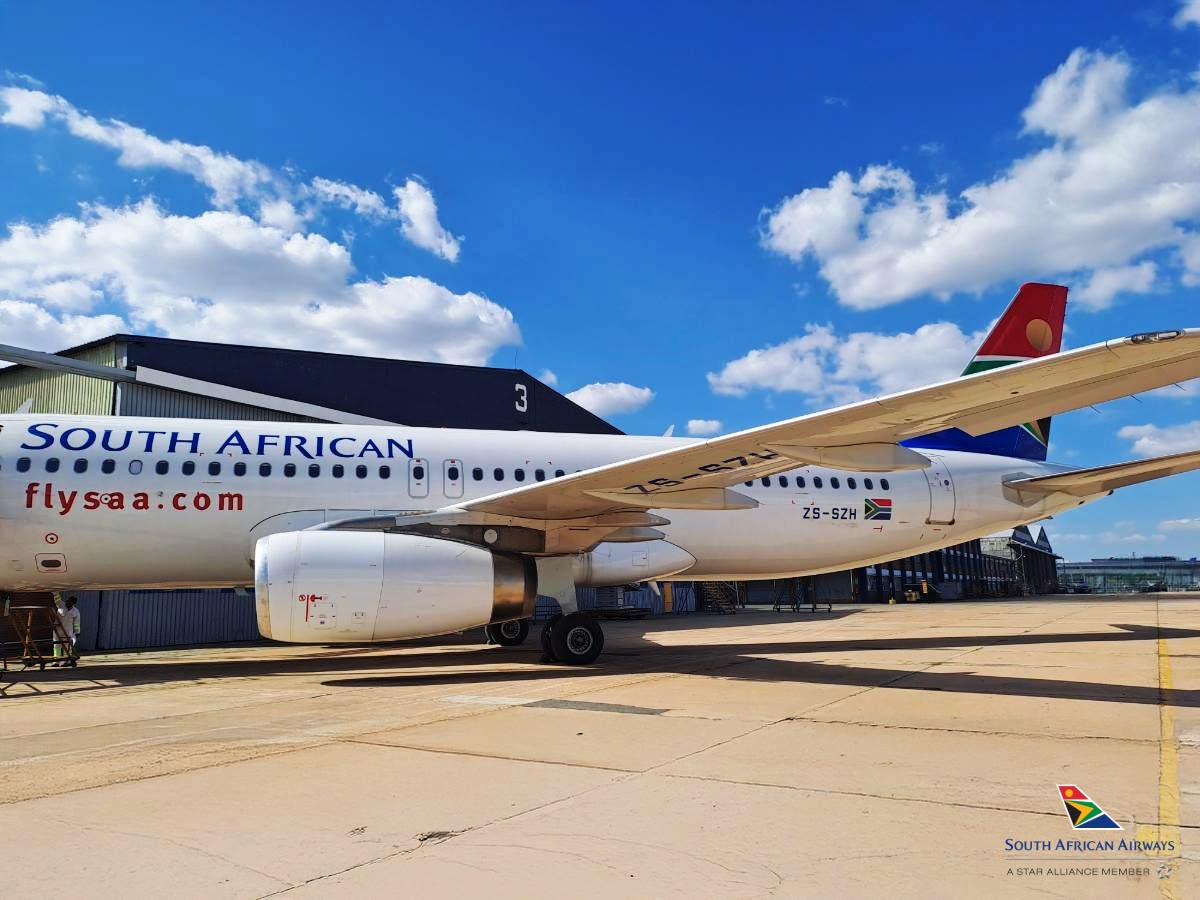Why it Matters
- Unlocking Africa’s Economic Potential:
The Single African Air Transport Market (SAATM) is positioned as a cornerstone for continental integration, directly supporting the African Continental Free Trade Area (AfCFTA) by enabling the free movement of people, goods, and services across borders. - Reducing the Cost of Connectivity:
The African Union’s target to cut intra-African airfares by 40 percent and double Fifth Freedom routes by 2035 addresses one of the continent’s biggest trade barriers — the high cost of air travel — which limits business mobility and regional commerce. - Transforming Infrastructure Gaps into Investment Opportunities:
More than 60 infrastructure gaps identified across airports, navigation systems, and safety oversight represent not just challenges but concrete opportunities for public–private collaboration and targeted investment in modern aviation systems. - Building a Unified Airspace for Growth:
Ms Mataboge’s call to integrate fragmented networks underlines that sustainable growth depends on collective action. Open skies can only be achieved through coordinated investment and harmonised policy across Africa’s 55 economies. - Driving Agenda 2063 and AfCFTA Implementation:
By linking air liberalisation with trade integration, SAATM provides the practical foundation to achieve Agenda 2063’s vision of a connected, prosperous Africa — one where aviation becomes an engine for trade, tourism, and industrialisation.
- Unlocking Africa’s Economic Potential:
At the recent Luanda Financing Summit for Africa’s Infrastructure Development, held between 28 and 31 October, H.E. Ms Lerato Mataboge, Commissioner for Infrastructure and Energy at the African Union Commission, set the scene for the Financing and Modernising African Civil Aviation Infrastructure (SAATM) session. The session aimed to position Africa’s airspace as a key investment opportunity, focusing on the Single African Air Transport Market (SAATM) as a platform to create a unified and open airspace that will significantly boost trade and tourism.
In her opening remarks, Ms Mataboge noted that SAATM represents more than the opening of new air routes; it is a vision for a truly connected, competitive, and integrated Africa. The initiative, she explained, seeks to build an Africa where entrepreneurs can travel easily between cities, goods move efficiently across borders, and air transport serves as an enabler of growth rather than a barrier.
At its core, SAATM embodies the freedom to move, trade, learn, and build. It seeks to liberalise Africa’s airspace and dismantle the invisible barriers separating economies. Ms Mataboge reaffirmed the African Union’s commitment to bold but achievable targets, including increasing Fifth Freedom traffic routes from 23 percent to at least 50 percent by 2035 and reducing average intra-African airfares by 40 percent within the same period.
She emphasised that these goals are not mere statistics but pathways to prosperity. Improved connectivity drives commerce, lower airfares stimulate trade, and expanded trade enhances livelihoods. However, she cautioned that Africa’s skies are not yet fully open, with challenges such as outdated infrastructure, limited investment and policy inconsistencies continuing to hinder progress.
While North, South and East Africa have developed strong aviation hubs, large parts of Central and West Africa still lag behind. Many secondary airports with the potential to drive regional growth remain constrained by outdated or inadequate infrastructure. Ms Mataboge emphasised that a truly unified air transport market cannot be realised through fragmented networks or isolated investments.
To address these challenges, the African Union Commission, in collaboration with the African Civil Aviation Commission (AFCAC), the International Civil Aviation Organization (ICAO), and other partners, conducted a continental aviation infrastructure gap analysis accompanied by a 25-year air traffic forecast. The study identified more than 60 critical gaps across airports, air navigation systems, and safety oversight mechanisms. She noted that these should not be viewed merely as deficiencies but as investment opportunities that invite collaboration between governments and the private sector.
She also highlighted the intrinsic connection between the Single African Air Transport Market (SAATM) and the African Continental Free Trade Area (AfCFTA), describing them as two sides of the same continental coin. Trade integration without air connectivity, she observed, is like a map without roads, while air liberalisation without trade integration is like a plane without a destination. Together, SAATM and AfCFTA form the engine of Africa’s economic transformation, unlocking intra-African trade, attracting investment, and converting aspirations into concrete action.
Ms Mataboge expressed her hope that the panel would produce tangible outcomes to inform the African Union’s next steps. These include developing a continental approach to funding aviation infrastructure priorities, formulating policy recommendations to accelerate implementation, strengthening collaboration among governments, airlines, and regulators, and raising public awareness of the benefits of open skies and free movement.
She concluded by affirming that if Africa can connect its 1.4 billion citizens, link its 55 economies, and align its investments and priorities, it will not only move people and goods but also propel the entire continent forward.
